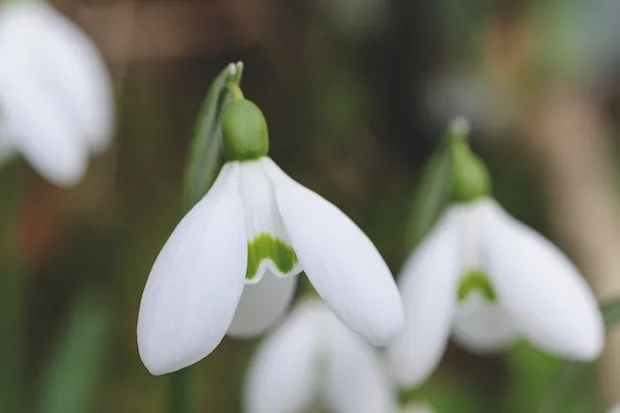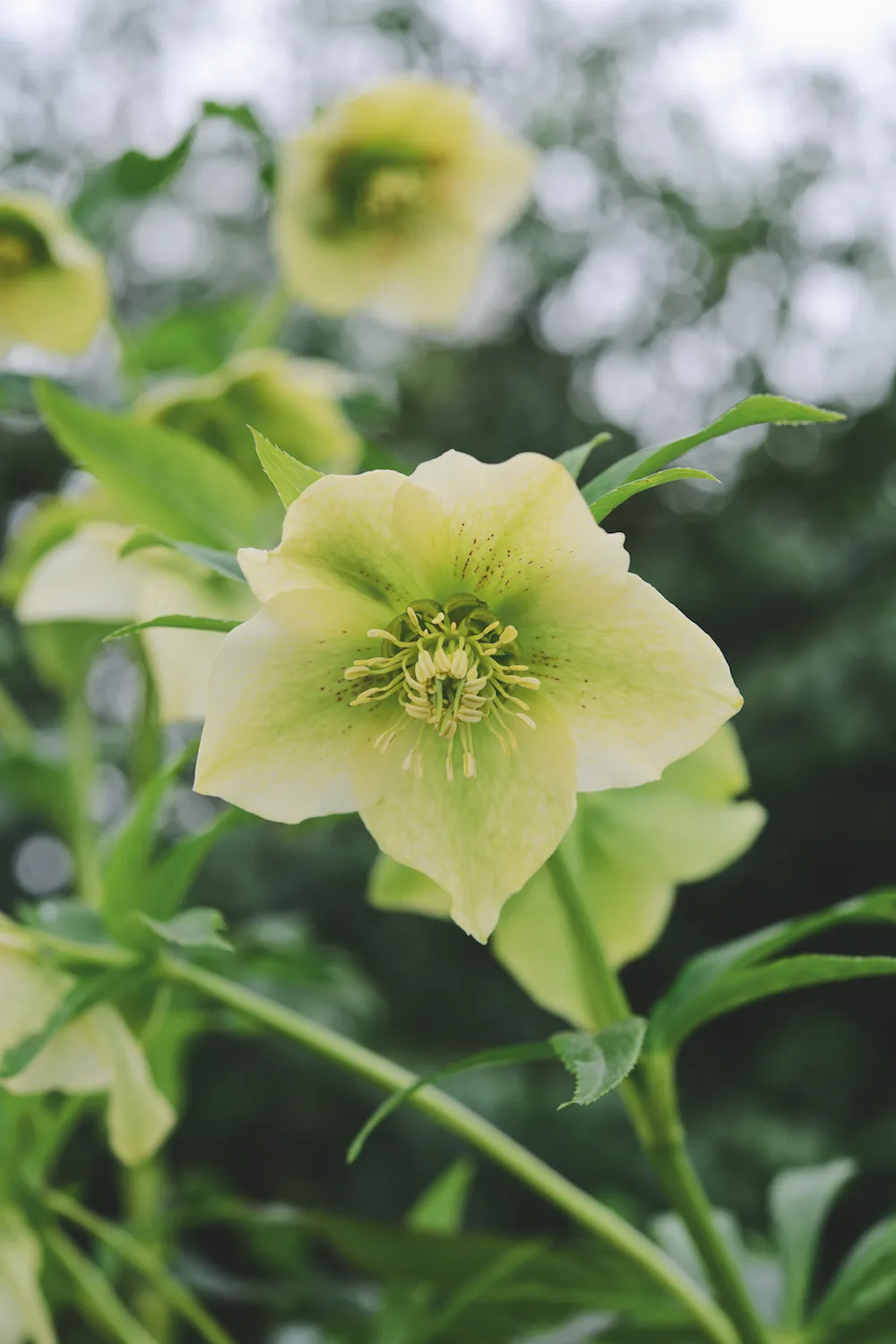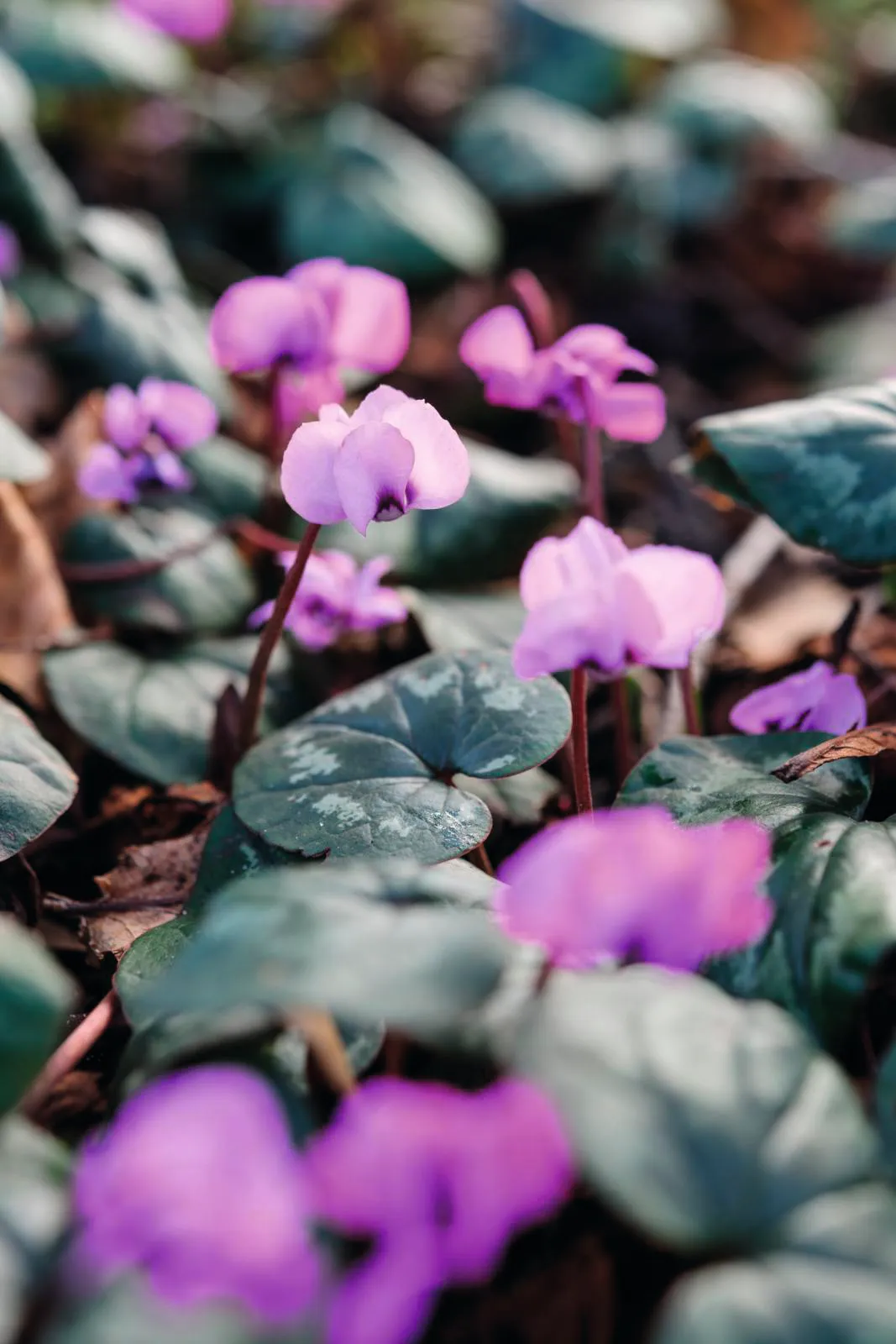There was little garden to speak of when Shirley Shadford moved to Clover Cottage in Cambridgeshire, but she knew instantly what she wanted to do. Seventeen years and plenty of hard work later, and her vibrant cottage garden is a tumbling, fragrant riot of colour each summer, full of roses and clematis, and bursting with borders of lupins, poppies and delphiniums.
Her 17th-century thatched cottage is the perfect setting for a traditional English country garden with interest all year, from snowdrops in late winter and spring borders, to rose arches in summer. The front path winds past plantings of snowdrops, Galanthus nivalis, Narcissus ‘Jack Snipe’ in bud and Iris ‘Alida’.
In brief
What Clover Cottage. Where Cambridgeshire. Size Just under quarter of an acre. Soil Loam, well-drained. Climate Temperate maritime, rainfall half the national average. Hardiness zone USDA 8.
How to make use of space and create a beautiful spring bulb border
1
Mix it up

There is Iris ‘Harmony’, as well as hellebores, from the single-flowered Helleborus niger and Helleborus x hybridus to more intricate hybrid double cultivars in white, pink and purple, and the yellow cups and frilly collars of winter aconites, Eranthis hyemalis. They are mixed with the leaves of pulmonarias and hardy geraniums and complement the early red shoots of roses. Spring bulb borders and beds are wound through with winter aconites, cyclamen and irises, giving welcome pops of yellow, pink and blue. It is a masterclass in making the most of the space you have.
2
Snowdrops

The winding path that leads to the front door spills over with masses of snowdrops, the real stars of the show. Shirley holds a small snowdrop festival every year, opening the garden in February and March, selling plants to visitors. Snowdrops need little attention once established, but they get congested after a while, so should be divided every few years, once they are finished growing for the season, or they will stop flowering and just produce leaves.
According to Shirley – a former nurserywoman and no-dig advocate – the most important thing to do for early interest, however, is to cut back everything in autumn, contrary to the naturalistic ‘leave it up overwinter’ style. Clearing your beds and borders at the end of the season and giving them a good mulch, she believes, allows the snowdrops and other plants the space and light they need to come through for a super spring show. The snowdrop collection includes Galanthus nivalis, Galanthus nivalis f. pleniflorus ‘Flore Pleno’ and Galanthus plicatus.
3
Hellebores are hardy

Thriving in the low light of early spring, hellebores are hardy souls. Helleborus niger, known as the Christmas rose, produces pure-white flowers from January to March and are perfect for early spring borders; while the Lenten rose, Helleborus x hybridus, comes in shades from white to pink through mauve to purple, and carries on the show from March to May. Both self-seed happily, which is just as well since they hate to be disturbed. Cut their leaves off by Christmas to show off the flowers and help prevent disease.
4
Cyclamen and winter aconite

Cyclamen coum, with its marbled leaves and perky, candy-pink petals, and winter aconite Eranthis hyemalis, with its frilly green collars and golden cup-shaped blooms, make up the holy trinity of reliable, shade-tolerant, early flowering perennials.
5
Bulbs
Bulbs are the easiest way to create real impact at this time of year, and Clover Cottage’s Iris reticulata cultivars are wonderful for a blast of eye-catching blue, along with crocuses, scillas and chionodoxas. Most of these reliable performers will return year on year, but to make sure, Shirley plants them deep, at least three times the height of the bulb. These bulbs are especially good under trees, where other plants would struggle, as they don’t mind shade and like it dry when dormant later in the season.
6
Fruit trees
Shirley has lots of fruit trees throughout the garden, but for early interest, she made sure to include a winter-flowering cherry – Prunus x subhirtella ‘Autumnalis’ – and a small copse of Himalayan birches, Betula utilis var. jacquemontii, with shining white trunks.
Address Clover Cottage, Streetly End, West Wickham, Cambridgeshire CB21 4RP. Website ngs.org.uk Open For the NGS for Shirley’s snowdrop festival on Sunday 16 and Sunday 23 February, and Sunday 1 March, 2-4pm.
